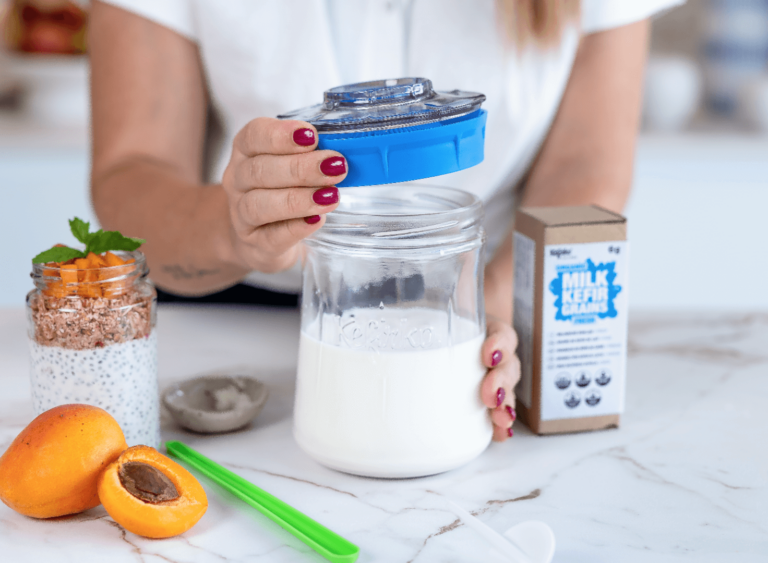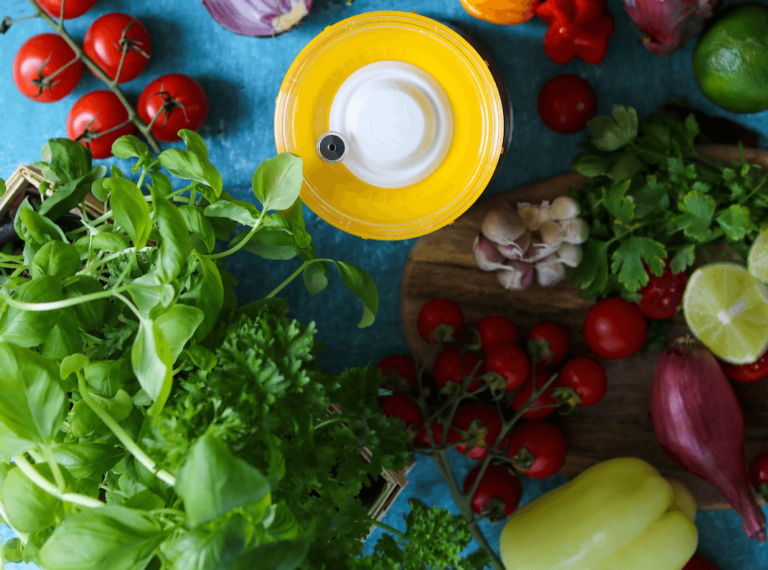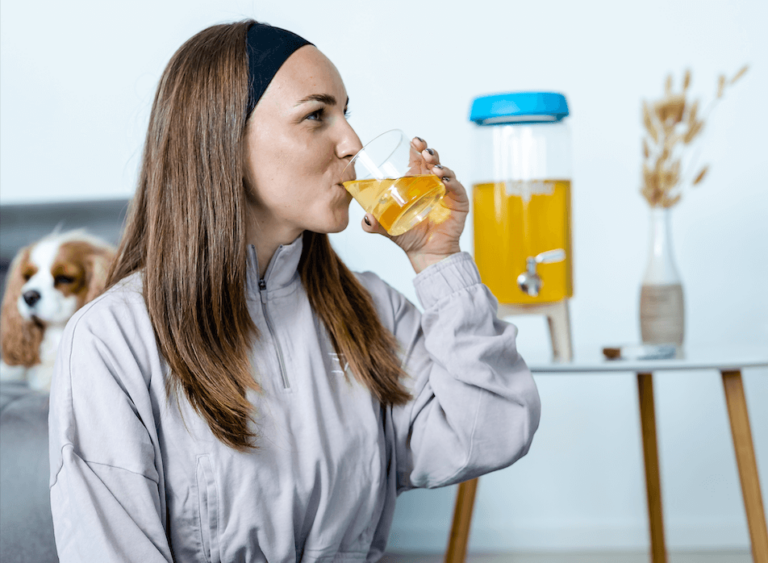Fermentation vs. Pickling: A Simple Guide

Both fermentation and pickling turn fresh foods into long-lasting, tasty treats, but they do it in different ways. Let’s break it down!
What is Fermentation?
Fermentation is a natural metabolic process where bacteria and yeast convert sugars and starches into alcohol or acids. This not only preserves food but also makes it more nutritious, flavourful, and digestible.

Key Characteristics of Fermentation:
- Microbial Action: Fermentation relies on beneficial microorganisms to change the food.
- Acid Production: The microorganisms produce lactic acid, acetic acid, or alcohol, which acts as a preservative and keeps things fresh.
- Probiotic Benefits: Fermented foods are rich in probiotics, which are good for gut health and overall well-being.
- Flavour Development: The process creates complex flavours, often described as tangy, sour, or umami.
Common Fermented Foods:

- Sauerkraut: Fermented cabbage, known for its tangy flavour and probiotic content.
- Kimchi: A spicy Korean dish of fermented vegetables.
- Milk Kefir: Milk fermented with specific bacterial cultures.
- Kombucha: Slightly fizzy fermented tea.

Don’t miss out on the new content about fermenting!
Subscribe to Kefirko newsletter
What is Pickling?
This method uses a shortcut – an acidic bath, usually vinegar which stops bacterial growth. This method works on a wide variety of vegetables, fruits, and even meats, giving them a nice crunch.

Key Points of Pickling:
- Adding Acid: Pickling involves adding an acid, typically vinegar, to the food to keep things safe.
- Quick Process: Many pickling methods can preserve food relatively quickly compared to fermentation.
- Crisp Texture: Pickled foods keep the crunchy texture.
- Varied Flavours: The flavour profile can be adjusted with different spices, herbs, and sweeteners.

Common Pickled Foods:
- Classic Pickles: Cucumbers preserved in a vinegar-based brine, often flavoured with dill and garlic.
- Pickled Onions: Onions soaked in a tangy vinegar solution, perfect for topping burgers

- Pickled Beets: Beets preserved in a sweet and sour brine.
- Chutneys and Relishes: These are often made by pickling fruits and vegetables with a blend of spices.

Fermentation vs. Pickling: Key Differences
Both methods preserve food, but they work differently and have different benefits:
Preservation:
Fermentation uses good bacteria to make its own acids. Pickling uses vinegar, a ready-made acid.
Gut Health:
Fermentation creates beneficial bacteria, great for digestion. Pickling doesn’t include probiotics, but vinegar might offer some health benefits.
Flavour:
Fermentation develops complex flavours over time. Pickling has sharper, quicker flavours influenced by vinegar and spices.
Time:
Fermentation can take days or months. Pickling can be quick (think refrigerator pickles) or take longer (traditional methods).
The Best of Both Worlds
Sometimes, you can even combine fermenting and pickling! For example, cucumbers can be fermented to make traditional sour pickles and then packed in a vinegar brine for additional tanginess and shelf stability.

So, there you have it! Fermentation and pickling are awesome ways to preserve food and add delicious flavours to your meals. Whether you’re fermenting some cabbage for sauerkraut or pickling cucumbers for a crunchy snack, both methods offer endless possibilities for delicious experimentation. Happy fermenting and pickling!






Yeni başlayanlar için güvenilir bahis siteleri konusunda bilinçli olmak önemli.
Kazançlı çıkmak isteyenlerin güvenilir bahis siteleri arasından doğru olanı seçmek zaman alıyor.